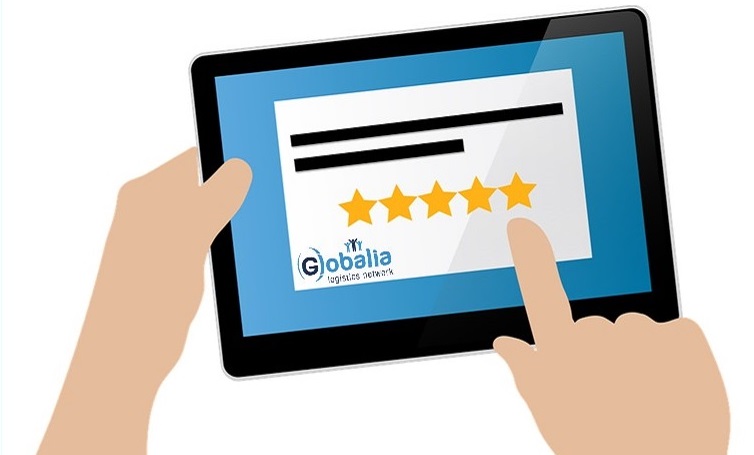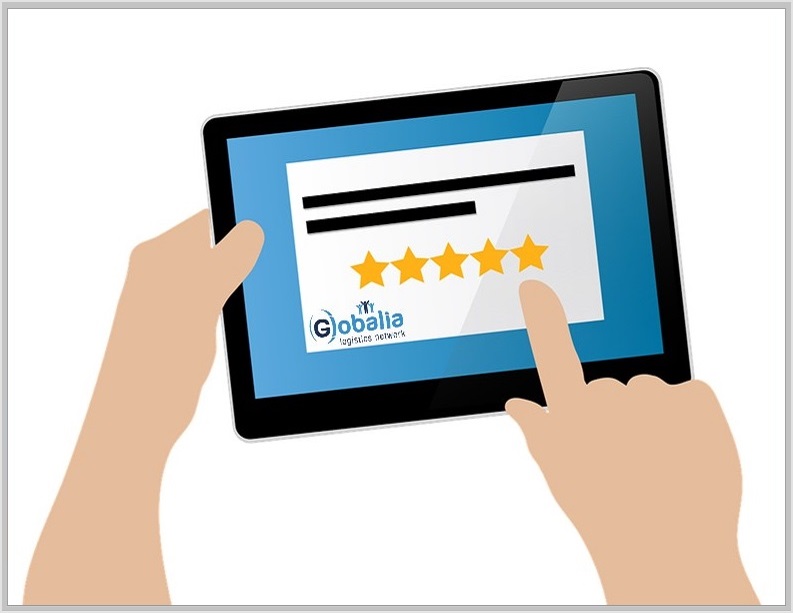Looking after the customer is becoming more and more important in logistics for obtaining better results than your competition and boosting your sales. And all of this starts with the perception your customers have about your business.
It is unavoidable to project an image on your clients and potential clients. This image may be either positive that can contribute towards earning their loyalty, or negative, which can result in the end of collaboration or agreement. Unless you work on your company’s branding, your customers may perceive your company and products in a very different manner than the one you presented, and this might conceivably lead to terrible consequences.
Why you need a customer satisfaction survey?
But before you set a marketing campaign in motion to improve your services, products, as well as your sales and marketing efforts, you will first need to gather as much information as possible about the impressions and opinions your clients already have about your company, since the image you want to project can be very different from the image you are actually projecting.
In order to do so, customer satisfaction surveys are the key. There is nothing like sending a questionnaire to your clients straight away to figure out and understand what they think about you and how they see you. This will not only improve your reputation, but will also allow you to upgrade your offerings according to your client’s demands, optimize the user experience, and deliver exactly what they want.
Planning your customer satisfaction survey
If you have decided to take the plunge and carry out a customer satisfaction survey then before kicking off, you should write a strategic plan. In this plan, you will have to assess the following:

- Who you would like to send the questionnaire to (clients, potential clients, anyone, etc.)
- What the aim of this survey is. (For example, I want to know their satisfaction with a specific service/product)
- What you would like to rate. (For instance: I need to find out if they would recommend it)
- What results you are expecting. (For example: At the end, I will know which services are above expectations and which are not)
- How you are going to perform it: on-page survey, sending it by a mass mailing, installing a pop-up on the website,
- When you will schedule it: The time is also quite important; you will have to bear in mind the time when your clients will be more available to reply to your questions. You should also decide if you will send it over and over or just send once.
- How you are going to measure. There are many programs that can easily and automatically rate the answers to your polls.
Types of customer satisfaction surveys
There are many types of customer satisfaction surveys, so which one to choose? First of all, no one is better than the other, so you should select the most appropriate one according to your objectives and your target public. Additionally, you can mix them to create an ideal survey to meet your target. Here, we introduce you to some examples:
-
Customer Satisfaction Score (CSAT)
This survey is ideal for learning the satisfaction level of your clients regarding your company, products and services. It consists of an easy-to-understand questionnaire and a binary possible reply (Yes or No).
If your results are below 90%, then, you should understand that there is room for improvement.
-
Net Promoter Score (NPS)
This is also a simple way to find out how your customers would rate your brand. It comprises only a question in which you ask your clients if they would recommend your company. The possible replies are based on a scale of 0-10. Afterward, you will be able to compare the responses and classify them as detractors, passives and promoters. Like the previous one, this kind of survey will give you an idea about the happiness of your clients with your brand: Does it meet or exceed their expectations?
-
Customer Effort Score (CES)
This third type refers to the efforts made by the customer to use your product or service or to contact customer support when needing to solve a problem with your product or service. It is very common to write answers like: Difficult, normal or easy.
-
Other polls
Apart from the ones already mentioned, there are other surveys like the milestones’ or usability ones (questionnaires to send out at key moments to improve the user experience); post-purchase surveys (to measure how your clients have felt about the purchase experience of a specific product or service); or Product Development Survey (which are done as to learn if the launch of a new product or service will be of interest to your clients); among others.
The questions
It is now time to pick up the questions that fit most with our business and the objective of this poll. Here we are showing a few examples:
-
Multiple Choice Questions:
-
- Rating scale questions: The offered options are based on a numeric scale:
- On a scale of 1-10, what is your satisfaction level with our company?
- The Likert scale questions. They are similar to Rating scale questions since they are useful to evaluate how the clients feel about something, but the answers are not presented on a numeric scale
- Which is the level of difficulty of using our product?
Replies: Easy, normal, difficult
- Which is the level of difficulty of using our product?
- Nominal questions: The answers are classified into different categories:
- How would you describe our product?
Replies: It is easy to understand and affordable
It is easy to use but a little bit old-fashioned
I feel it is very expensive and old-fashioned
- How would you describe our product?
- Binary scale questions: There are only two possible options: Yes/No
- Will you recommend our product to your clients, partners, and friends?
Answers: Yes, No
- Will you recommend our product to your clients, partners, and friends?
- Rating scale questions: The offered options are based on a numeric scale:
-
-
Open-Ended Questions:
These questions are more difficult to evaluate but they can guide us on what is failing in our product or service how we can improve them. Additionally, they can give us more information about who our customers are:
- Where do you live? / How old are you?
- In your opinion, what is the biggest benefit of our products?
- How could we improve our services?


